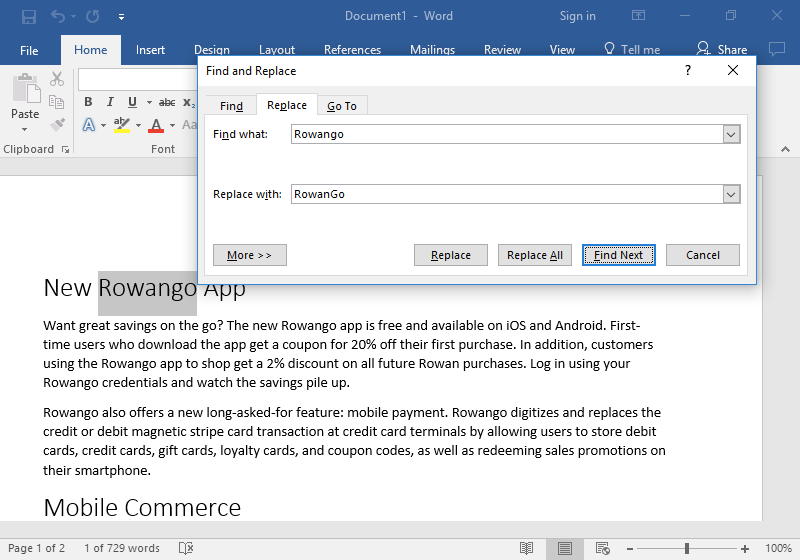

In titles, small words (such as: articles, coordinate conjunctions, and prepositions, such as "the," "and," "in," "on," "for," etc.) should not be capitalized unless they are the first word in the title. When you use Title Case, you'll most likely have to go back and make a few corrections. (You don't use this choice much anymore because if you make a mistake such at typing tOGGLE, using the Shift key while Caps lock is on, Word automatically corrects it and turns off the Caps lock.) Alternatively, press the Shift+F3 shortcut key repeatedly to cycle through three formats: UPPER CASE, lowercase and Title Case.Ĭapitalization is under your control, even for large amounts of text. Toggle case changes capital letters to lowercase and vice versa. Title case: capitalizes the first letter of every word.Lower case: changes everything to lowercase, with nothing capitalized.Sentence case: capitalizes the first letter of the first word and puts the rest in lowercase.A capital character will become a character in lower case and a character in lower case will become a character in upper. The Toggle operation will change the case of every character in reverse way. Next, choose the type of formatting you want to use from the below choices and click OK. Step 2 Click the Change Case button and then select the Capitalize Each Word option to put a leading cap on each selected word. When you hold Shift and press F3, the text toggles from sentence case (first letter uppercase and the rest lowercase), to all uppercase (all capital letters), and then all lowercase. This opens the dialog box that gives you the choice between Sentence case, lower case, UPPER CASE, Title Case, and tOGGLE cASE. If you want to change the case for the whole document you can use the Ctrl+A keyboard shortcut to select everything. What if you forget? What if you capitalize where you normally would not? You can change the case of all the text at once with a single command - a great timesaver! The first word of sentences should be capitalized. No matter how you plan on learning the list, in this post we will show you all of the best keyboard shortcuts in Word. A list you can memorize, refer back to at any time or print out and stick on your office wall. Have you found yourself wishing you could change the capitalization of a section of text without having to retype the whole thing? You can, when you use the Format | Change Case Command. Well, we are here to give you the ultimate list of keyboard shortcuts for Microsoft Word.

Text can be typed in lowercase or small letters, uppercase or capital letters, or a mix of the two cases.


 0 kommentar(er)
0 kommentar(er)
